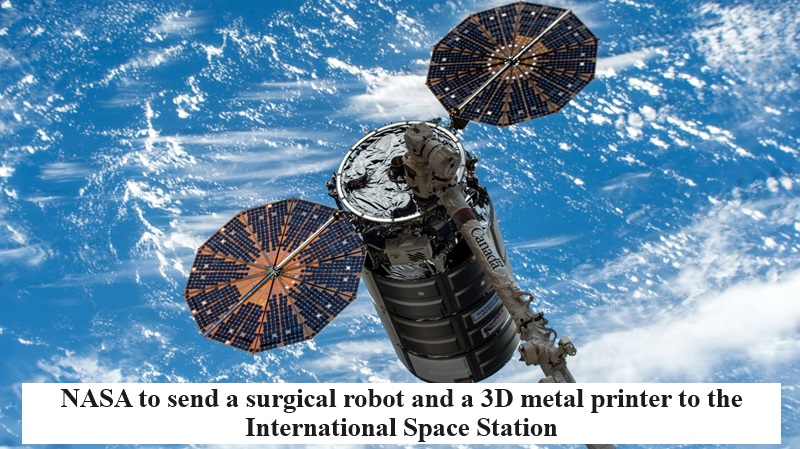
NASA is gearing up to send a surgical robot and a 3D metal printer to the International Space Station (ISS) as part of Northrop Grumman’s 20th commercial resupply services mission. The Cygnus cargo spacecraft is scheduled for launch on a SpaceX Falcon 9 rocket from Cape Canaveral Space Force Station in late January, carrying out scientific investigations that include testing a 3D metal printer, semiconductor manufacturing, and thermal protection systems for Earth reentry.
Rob Postema of the European Space Agency (ESA) discussed the significance of 3D metal printing in space, emphasizing that the investigation aims to provide an initial understanding of how such a printer behaves in the space environment. The study seeks to uncover differences in printing in space compared to Earth, exploring the range of achievable shapes. The insights gained could revolutionize long-duration space missions, enabling the on-the-go creation of equipment parts, reducing the need for extensive pre-planning and conserving resources for future lunar and Martian exploration.
The investigation is led by Airbus Defence and Space SAS under a contract with ESA. The study involves using a 3D printer to create specimens, understanding the differences in printing in space, and exploring the types of shapes that can be printed with this technology. Additionally, the activity aims to demonstrate how crew members can safely and efficiently work with printing metal parts in space.
As part of the mission, the Robotic Surgery Tech Demo will assess the performance of a remotely controlled robot capable of conducting surgical procedures in space, expanding the scope of surgical capabilities beyond Earth. These advancements contribute to the ongoing efforts to enhance technology and equipment for space exploration, supporting the potential for extended human missions and future space endeavors.

Post Your Comments